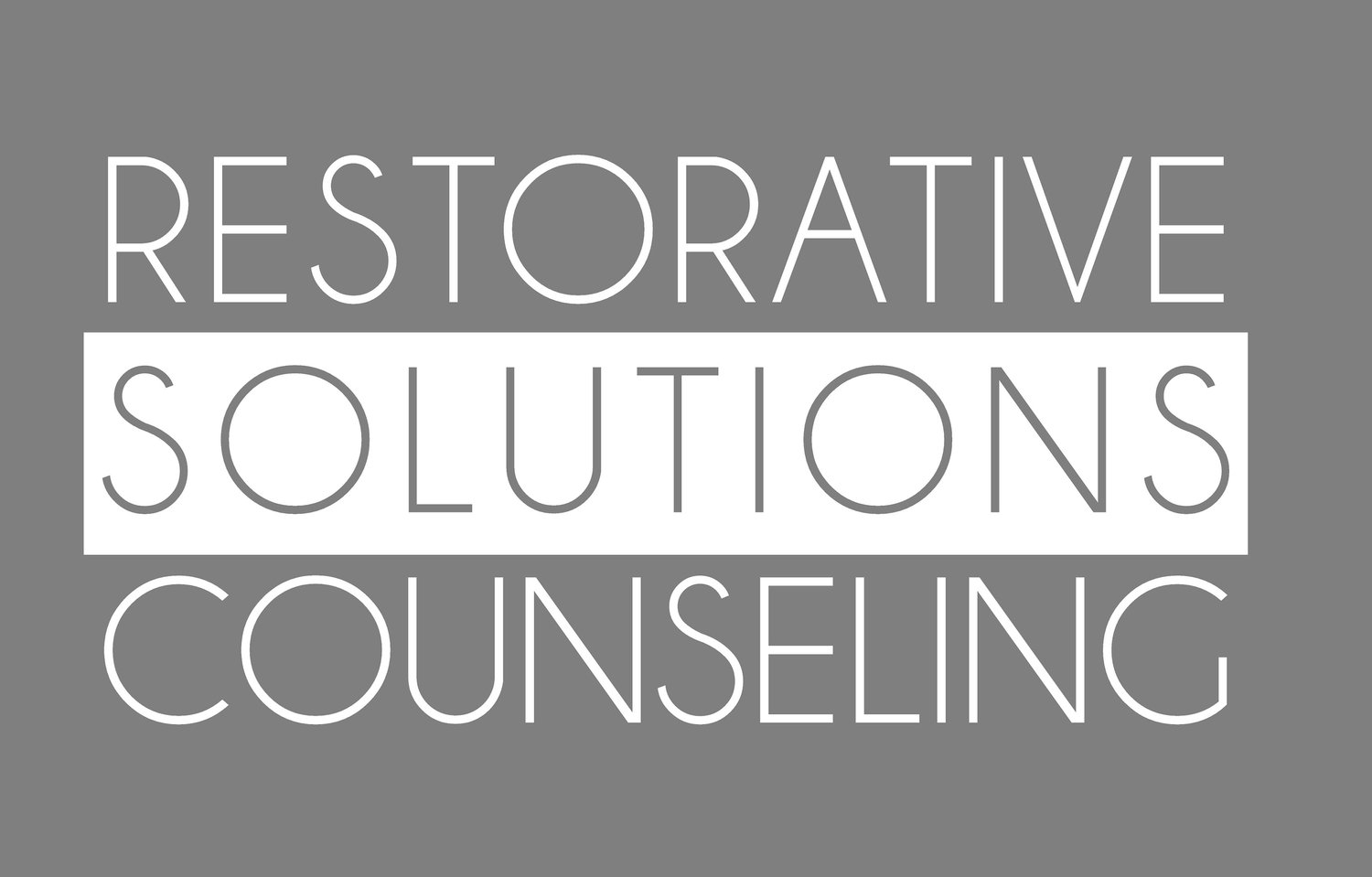One of my favorite lines from Homer Simpson is, “I used to rock and roll all night and party every day. Then it was every other day. Now I’m lucky if I can find half an hour a week in which to get funky.” There are only so many hours in a day, and I’m afraid that getting funky must, at times, take a backseat to our responsibilities. Sad, yes, but also true. We mostly accept this concept. Being alive costs money. From the roof over our heads, to the food we eat, to the WIFI that my children think is utterly essential, things cost money. That’s why it’s necessary to work and earn a paycheck. If you’re lucky, you have a job that you love, but whether or not you enjoy the work, it’s also very important to have a sense of balance between your work life and your personal life.
An article from Very Well Mind suggests that the work-life balance* is about finding harmony. It’s not slacking off at work, procrastinating, or putting off work tasks. It’s also not about being work-obsessed while you’re at home either. Ways to know that your work life and personal life are balanced include: Less dread about the work week, plenty of time to take care of yourself and enjoy hobbies, a sense that there’s enough time to complete work obligations as well as enjoying time with friends and family, using available time off, and knowing that there’s more to your identity than your job. Those who do not have good work-life balance** describe: Not taking care of their bodies, declining mental health, lack of caring, feeling incompetent, lack of boundaries between work and home, and loneliness. For people who are feeling like their balance* is out of whack, sometimes a good starting point is talking with the boss. It really is in their best interest for you to have a good sense of balance because research shows that people who do are more satisfied with their jobs, perform their jobs better, and are more committed to their place of employment.
Tips for improving** the balance between work life and personal life:
Gain physical distance between work and home (tricky if you work from home, but using an office for work and the livingroom/bedroom for family life creates a distinction).
Disconnect from work at home. Don’t check work emails, texts, voicemails, etc from home. It can wait until you return to the office.
At work, minimize distractions and stop multi-tasking. Try to complete one thing after another instead of multiple things at once.
Prioritize your self care. People tend to roll their eyes at this, “Sure, when I find the time.” However, we have to find small ways to pour into ourselves or we run the risk of becoming empty.
Take a vacation or stay-cation. Remaining at home with family is fine, but unplug from work communication while you do it.
Set boundaries with work, and if necessary, your boss. Then hold firm to those boundaries.
Sometimes the imbalance is due to having a job that doesn’t allow you to have a life outside of it. We work to live, but living to work isn’t healthy. There is a point that it can be time to leave a job. I know very well that this can be scary, but also that it is sometimes necessary.
Get help. Therapy can be an important step in finding the balance necessary between work and home.
Being burned out is an awful feeling, and sometimes it happens due to poor boundaries, difficult bosses and/or coworkers, or simply not taking care of oneself. I definitely recommend working hard on setting firm boundaries and finding someone to talk things through with before making a big decision that has a large impact on your comfort and your family. Work shouldn’t make us miserable, though. If you feel that you are, it might be the work, or it might be the balance, but regardless of the reason, your desire for happiness is valid and important.
*https://www.verywellmind.com/why-work-life-balance-is-so-important-8374683
